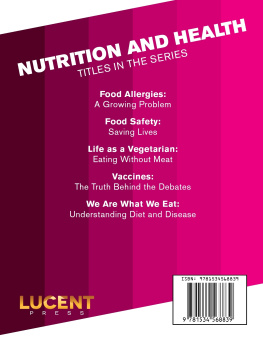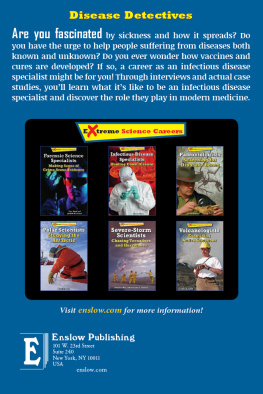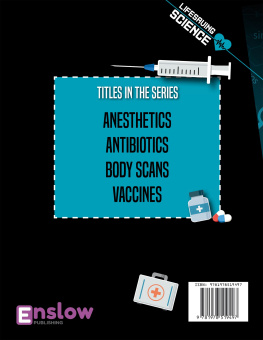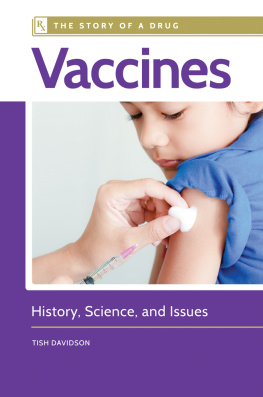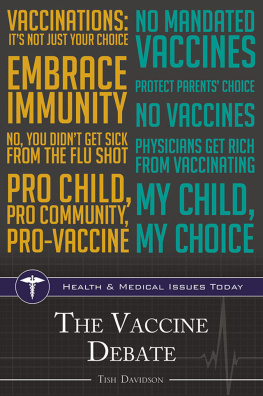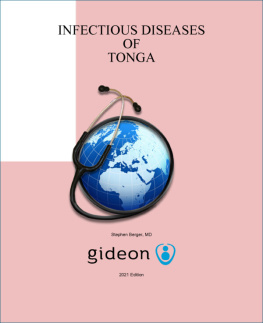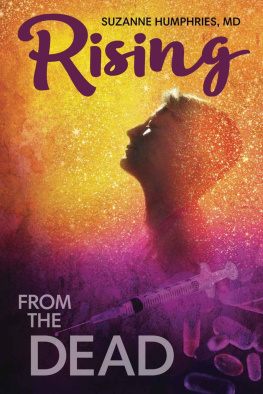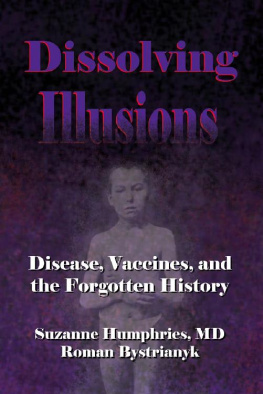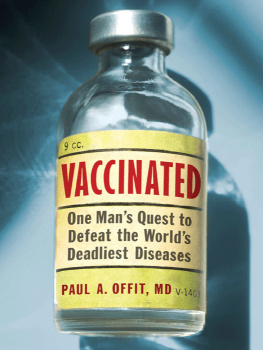Dissolving Illusions
Disease, Vaccines, and the Forgotten History
Suzanne Humphries, MD
and
Roman Bystrianyk

Rally of the Anti-Vaccination League of Canada, Old City Hall
November 13, 1919
Photographer: William James
Thanks to the City of Toronto Archives
2013 Suzanne Humphries, MD, and Roman Bystrianyk
All rights reserved.
Those who have had to take detailed notice of the immunisation accidents of the past few years know that to get the truth of what really went wrong generally calls for the resources of something like the secret service.
Charles Cyril Okell, MC, MA, ScD, FRCP, 1938
Often have I wished that this work, for its own sake and the great issues involved, had been in more competent and less occupied hands, but the results of any investigations as to the effects of vaccination are given with the fervent hope that at least, they may promote inquiry, induce impartial consideration, and elucidate the truth on so important a question affecting the public health.
J. T. Biggs, Member of the Leicester Town Council and its Sanitary Committee for more than 22 years. 1912
The fatal tendency of mankind to leave off thinking about a thing when it is no longer doubtful, is the cause of half their errors.
John Stuart Mill (18061873)
Authors Notes
The format of this book is somewhat unconventional, as it is filled with many direct quotes from a wide variety of historical and medical sources. We decided on this format to give you unfiltered information that will help you gain better insight into the true history of disease and vaccination. Oftentimes each quote tells a unique, self-contained story that can draw the reality of the past into view much better than a distilled summary would.
The book contains more than 50 graphs that are based on meticulously researched data. Each graph lists the references upon which the data is based. The graphs providein most casesa never-before-seen view of the history of disease from the 1800s into the 1900s. They provide foundational evidence for the points presented in the text.
The book also includes many photographs extracted from numerous historic sources. Most of the photographs are presented with the exact captions that appeared in the original work.
Throughout the book, bold text indicates something that we think warrants special attention.
For more information related to the book, please visit www.dissolvingillusions.com. There you can see photos, full-color graphs, and other information that appears in this book.
Dedications
To Bryan, Kyle, and Dylan, whose entry into this world inspired this investigation, and to Meryl, whose steadfast support, help, and love kept this project moving forward.
Roman Bystrianyk To all who continue to move forward with the Truth, despite tyranny nipping at their heels.
Suzanne Humphries, MD
Acknowledgments
Foreword: Dr. Jayne L. M. Donegan
Editor: Jennifer Hutchinson
Cover Design: Valerie Lovelace, Thunderbunny Designs, www.thunderbunnydesigns.com
Cover Photo: Arthur Smith, Jr. August 1915 (approximately 1 year after vaccination)
Special Thanks
Our thanks go to a great many people, including the following:
- The staff of the New York Academy of Medicine Rare Book and History of Medicine Collections for providing some extremely valuable documents.
- The Harvey Cushing/John Hay Whitney Medical Library at Yale for its outstanding historical books and wealth of statistical information.
- Gary Null, who inspired Roman to think independently and to pursue the truth no matter where it may take you.
- Clifford G. Miller, who supplied some excellent historical documents.
- John Scudamore for providing some of the original raw mortality data for England and Wales.
- Heather H. Georghiou, a local history librarian, and others at the Newburgh Free Library, who helped acquire some historical information.
- Joseph Lieby for his meticulous research on Arthur Smith Jr.
- To our many friends who helped make this book into what it is, including Sandy Lefebvre; Alisa Hunt, PhD; Marshall P. Johnson; and Robert Mariano.
- Cindy M. Nicholas, RN, for her outstanding vetting of information and her words of wisdom and support.
- Suzannes dear friends Serena and Petros for their wisdom and guidance.
- Dr. Jennifer Craig and Dr. J. F. for all their invaluable help.
- J. T. Biggs, whose dedication to public health and dogged pursuit of the truth culminated in his 784-page book written in 1912 on the question of vaccination and sanitation.
- The scientists and researchers who, throughout the years, have done a great deal of important work that we were able to reference.
- The few scientists in academia today who take the risks involved in reporting the truth about vaccines and vaccine components.
- The countless souls who acquired, compiled, and maintained an enormous amount of statistical information.
- Romans parents, who were always there when he needed them.
- Meryl Barrs seemingly infinite inspiration and support.
- All parents who dedicate long hours of self-education in order to care for the precious lives that have been bestowed upon them.
Foreword by Dr. Jayne L. M. Donegan
Vaccination is regarded as the most important health advance in the 20th century by most health professionals and laypeople. Although the dramatic decreases in morbidity and mortality from diseases that occurred in the course of the 20th century have been credited to the introduction of specific vaccines, scant acknowledgment has been given to improving social conditions.
Despite questioning the safety and efficacy of vaccination by reputable medical men since its introduction, debate has been, and is, increasingly discouraged.
Information published in scientific journals is used to support this position, other views being regarded as unscientific.
It was a received article of faith for me and my contemporaries, that vaccination was the single most useful health intervention that had ever been introduced. Along with all my medical and nursing colleagues, I was taught that vaccines were the reason children and adults stopped dying from diseases for which there are vaccines.
We were told that other diseases, such as scarlet fever, rheumatic fever, typhus, typhoid, cholera, and so on, for which there are no vaccines at the time, diminished both in incidence and mortality (ability to kill) due to better social conditions.
You would thinkas medical students who are supposed to be moderately intelligentthat some of us would have asked, But if deaths from these diseases decreased due to improved social conditions, mightnt the ones for which there are vaccines also have decreased at the same time, for the same reason? But we didnt.
The medical curriculum is so overloaded with information that you just have to learn what you hear, as you hear it: nonvaccinatable diseases into the social conditions box and vaccinatable diseases into the vaccines box and then on to the next subject.
Everything I was taught and read in textbooks, both before I qualified as a doctor and through all my post-graduate training, reinforced this view.
Along with most doctors, I regarded parents who would not vaccinate their children as ignorant or, if not ignorant, sociopathic, for withholding what I believed was a lifesaving intervention and putting everybody else at risk by reducing herd immunity.


